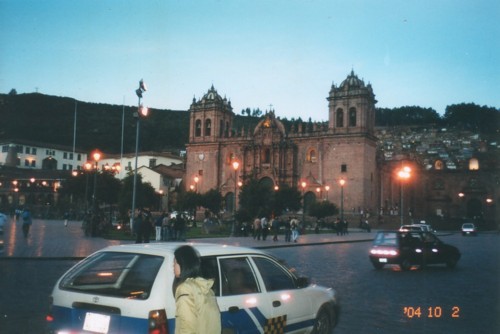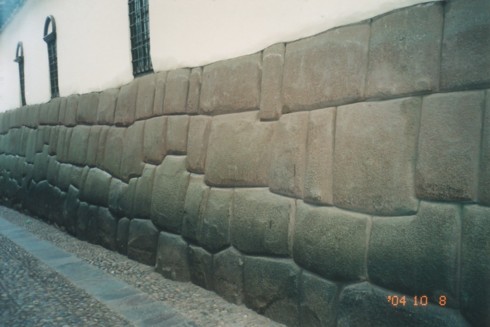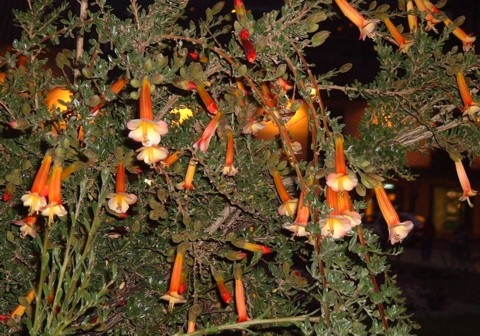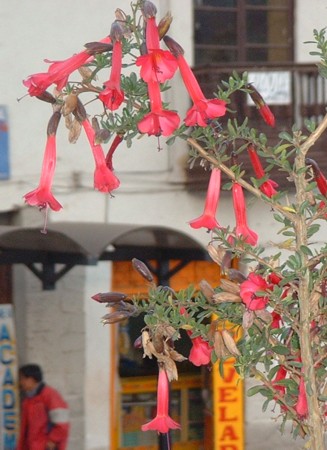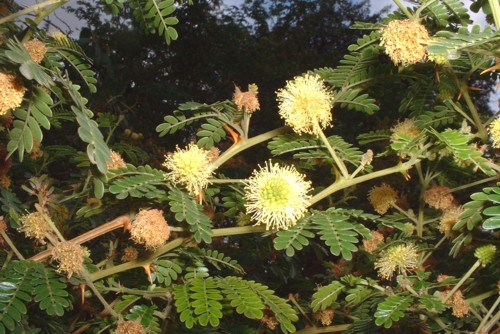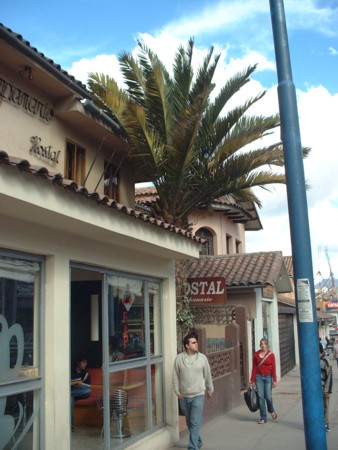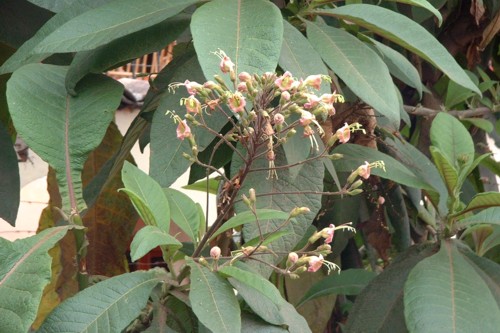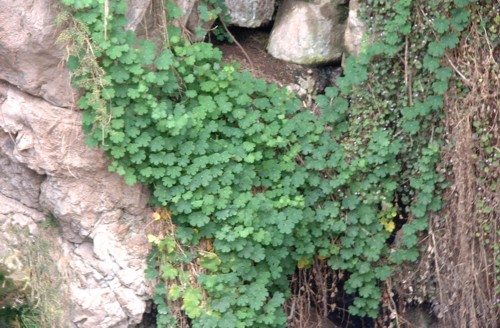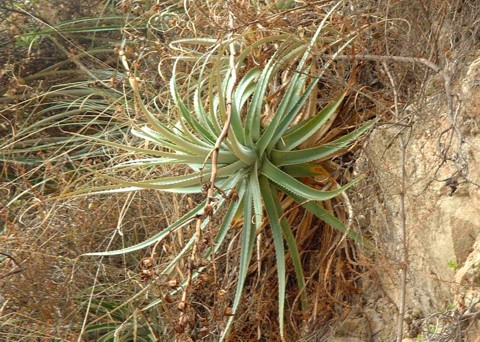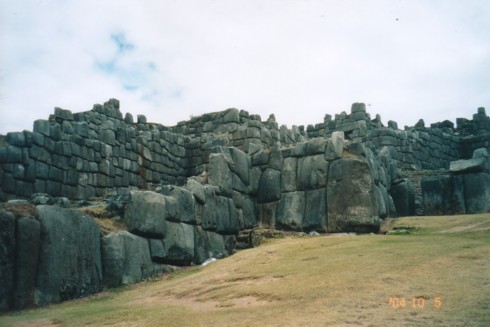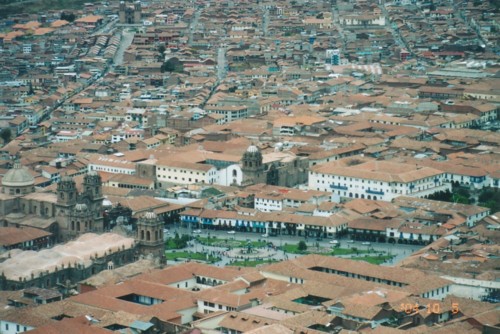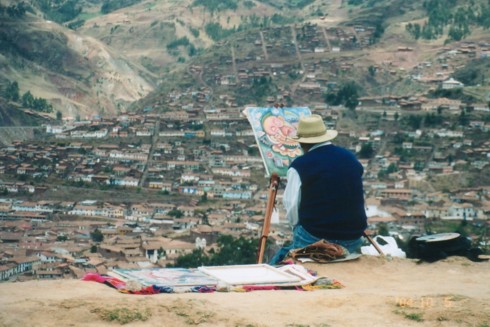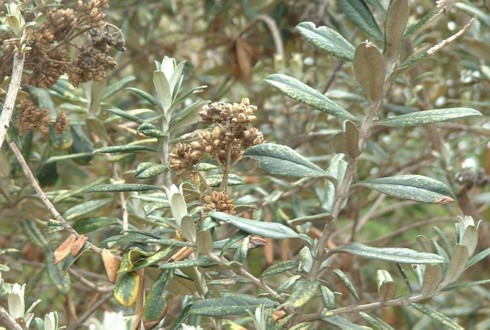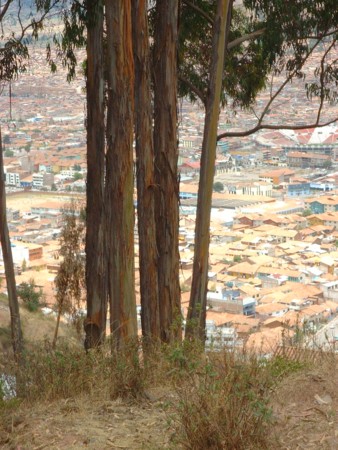|
Page 4 - Cusco
In this leg of the journey five of us departed from the group to spend a week in Cusco. At 10,500' we now felt right at home with the climate and the thin air, after that trek.
Cusco, of course, was the ancient capital of the Inca Empire during its golden age. Much of the city is built on skillfully carved rock walls such as this one. Now whenever I look at a rock wall in someone's garden or along the roadside, I think to myself "What shoddy workmanship! The Incas could do better."
The plazas in Cusco had a number of ornamental plants such as this orange Cantua species. Cantua is the national flower of Peru, and can be found as high up as 12,500', though I didn't see it in the wild.
This one I took to be Cantua buxifolia, which is native around the Cusco area.
This thorny tree in one plaza resembled an Acacia.
Although I did see a few small Washingtonia palms here, the best palm for Cusco and high altitudes seems once again to be Phoenix canariensis - in fact, outside the city there is one up at 11,000' (not pictured).
Nicotiana tomentosa, seen here in a Cusco garden, may grow as tall as 20'. Cool!
Tropaeolum tuberosum, growing at a spring near Cusco.
As I hiked up the trail towards the Inca ruins of Sacsaywaman, I noticed this rather different Puya, and was able to procure a few seeds.
Here are the famous ruins of Sacsaywaman, perched above the city of Cusco.
Cusco's Plaza de Armas and cathedral from Sacsaywaman.
A nice place to sit and paint.
Buddleja coriacea has closely set, small leaves and bright orange flowers. It would make a stunning ornamental plant, and I did get a few seeds, but keeping the plants alive is proving to be a challenge. They do not like heat, but they ought to have some hardiness since it can be found as high as 15,000'. Like the other Peruvian Buddlejas, it may reach the size of a large tree to 30' or more.
And Eucalyptus globulus, once again, is quite happy in the hills above Cusco; in fact, it seems able to naturalize a little bit higher here than around Huaraz, up to perhaps 12,000'. |
